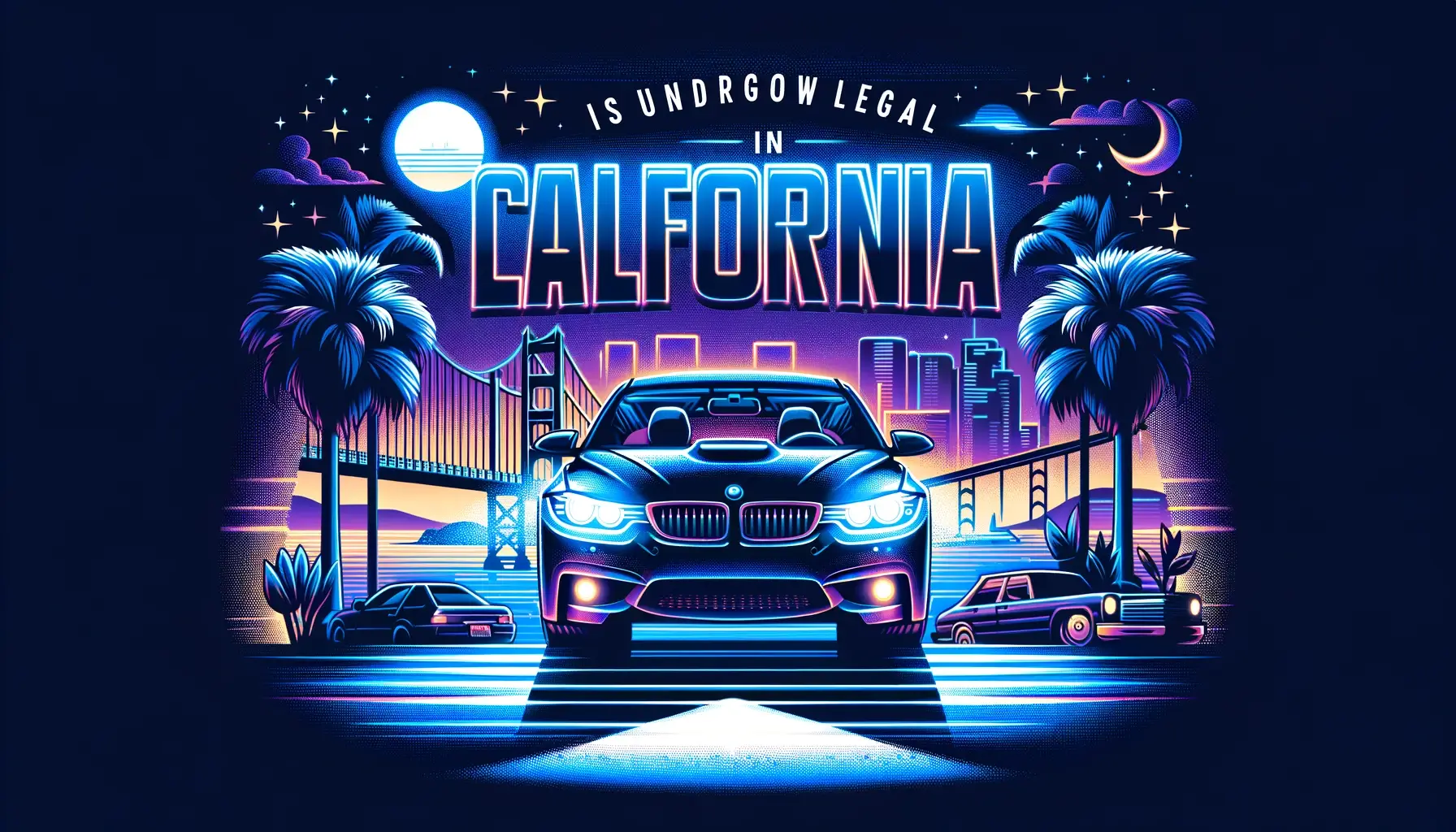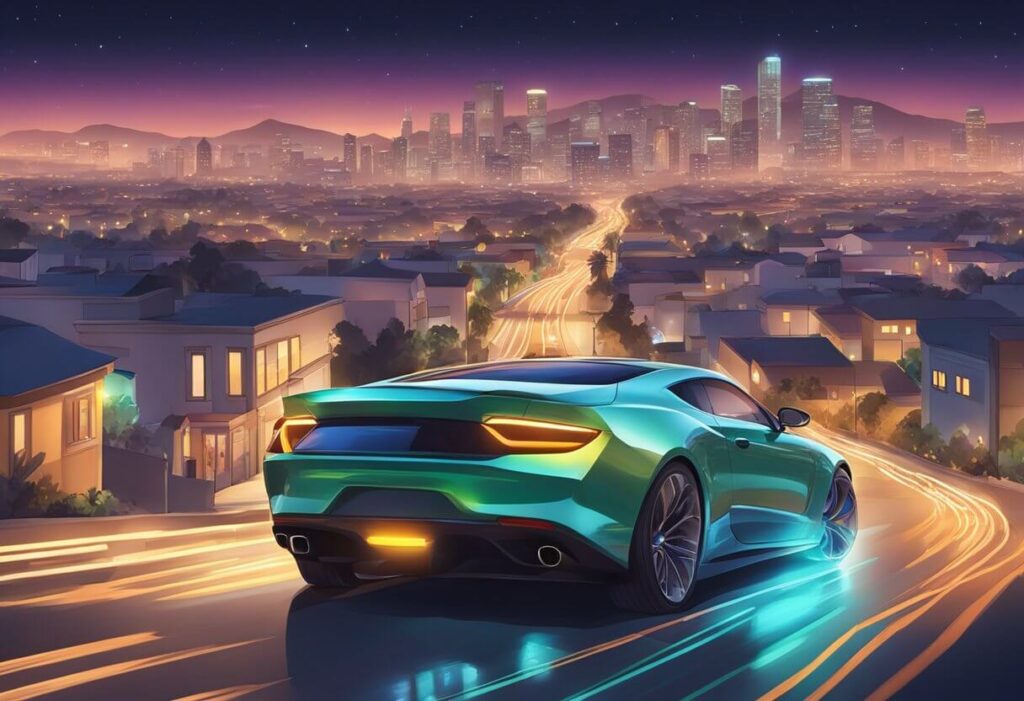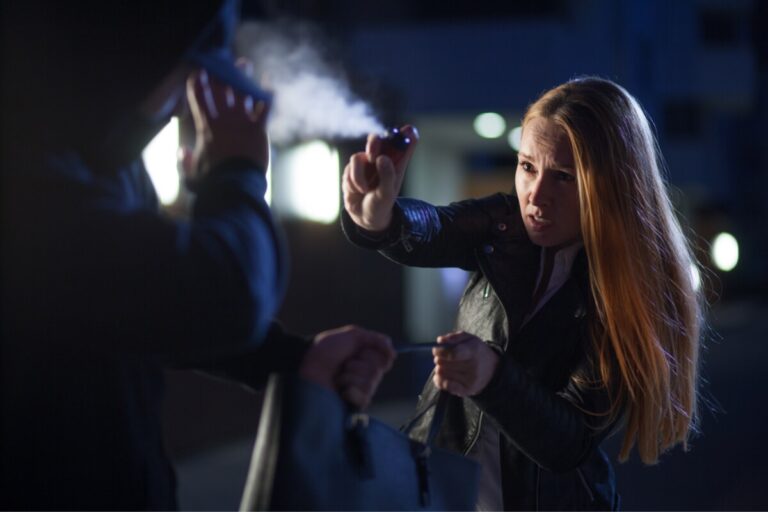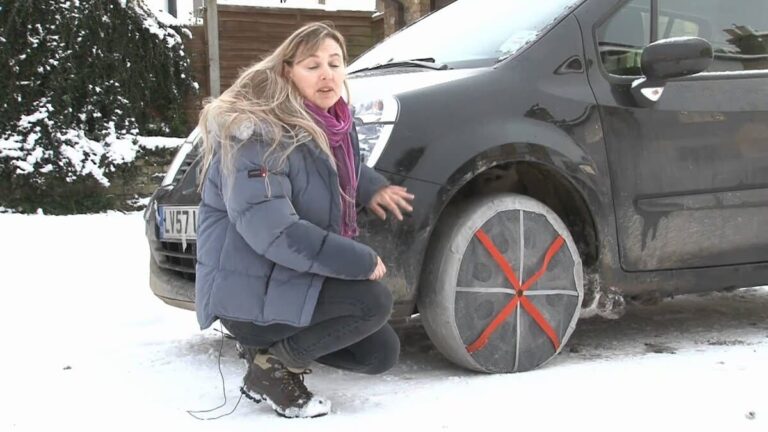Is Underglow Legal in California? Ultimate 2024 Guide

Have you been considering adding some extra flair to your vehicle with neon underglow lights? Before you make the purchase, it’s important to understand California’s laws around this popular automotive trend. This detailed guide will answer the question “is underglow legal in California?” and cover everything you need to know.
Underbody lighting, commonly called “underglow” or “undercar glow”, involves installing neon or LED lights under your vehicle to illuminate the ground beneath it. It creates a cool visual effect, making it seem like your car is floating. While underglow can definitely turn heads and look awesome, there are regulations around its use in California and other states.
So is underglow legal in California? The simple answer is yes, underglow lighting is permitted under certain conditions outlined in the California Vehicle Code. However, there are some crucial restrictions on the underglow’s luminosity, size, positioning, and acceptable colors that must be followed.
In this article, we’ll do a deep dive into the specifics of California’s underglow laws, covering:
- The key requirements and limitations from the Vehicle Code
- Why these laws exist in the first place
- Potential penalties for violations
- Using underglow on private property
- Tips for choosing a legal underglow kit
- Laws in other states for comparison
- Frequently asked questions
Let’s get started!
What Are California’s Laws on Underglow Lighting?
The main sections governing underglow lighting in the California Vehicle Code are found under Division 12, Chapter 2 on Lighting Equipment. Here are the top restrictions you need to be aware of:
Light Emission and Luminosity Limits
First off, any aftermarket exterior lights like underglow cannot be overly bright or glaring. The legal limit in California is a maximum of 0.05 candela per square inch of illumination. To put that in perspective, one candela is roughly equivalent to the light output of a single candle flame.
Size and Position Requirements
There are also rules around the size and positioning of your underglow lighting:
- It cannot replace or interfere with any of the vehicle’s required lights (headlights, taillights, turn signals, etc.)
- Underglow cannot be installed within 12 inches of any required lamp, reflector, or other safety light on the vehicle
- The total illuminated area of the underglow cannot exceed 720 square inches, unless your vehicle is authorized for displaying large signs/advertisements
Additionally, any internally illuminated signs on your vehicle must not exceed 0.25 candela per square inch and cannot have a white background. They are only permitted on the sides, not the front or rear.
Restricted Colors for Underglow
When it comes to color restrictions, the only one explicitly stated is that red underglow cannot be visible from the front of your vehicle. All other colors like blue, green, pink, etc. are technically allowed both on the sides and rear.
However, it’s generally advisable to avoid using red, blue, or green underglow altogether. These colors are commonly associated with emergency vehicles, so keeping your underglow a different shade prevents any potential confusion.
Why Are There Laws Around Underglow/Vehicle Lighting?

The main reasons these underglow lighting laws exist are tied to safety and preventing hazardous situations on public roads. Excessively bright lights or flashing effects can distract or temporarily blind other drivers, which increases accident risks.
Additionally, certain colors like red and blue are restricted because they could be mistaken for an emergency vehicle, causing other drivers to react erratically. Laws like the 12-inch spacing requirement also ensure aftermarket lights don’t interfere with the visibility and operation of critical safety lamps.
Overall, these commonsense limitations are intended to strike a balance – allowing vehicle owners to customize their cars responsibly while prioritizing the safety of all road users.
Penalties for Violating California’s Underglow Laws
If your underglow lighting setup doesn’t comply with the Vehicle Code, you could potentially receive a citation for an unlawful vehicle lighting modification. This is considered a non-moving violation in California.
Typical penalties may include:
- A “fix-it” ticket requiring you to correct the violation by removing or adjusting the underglow within a certain timeframe
- Having to show proof to law enforcement that the issue was resolved
- Monetary fines if you fail to fix the violation
Unlike moving violations which go on your driving record, non-moving violations don’t directly impact your license status if properly resolved. However, ignoring a fix-it ticket can eventually lead to further fees, license suspension, and other consequences down the line.
The degree of the penalty will depend on factors like the violation specifics, your previous record, and the jurisdiction’s policies. But either way, staying compliant with underglow regulations is cheaper and easier than dealing with citations.
Using Underglow on Private Property in California
While the Vehicle Code limits underglow on public roads, you may be wondering – can I use any underglow I want on private property? The answer depends on local laws in your specific area.
California’s regulations only apply to vehicles in operation on streets and highways. However, there could be additional rules from your:
- City ordinances
- County laws
- Homeowners’ association covenants
Some municipalities have nuisance laws prohibiting extremely bright lights that could disturb neighbors. HOAs may also place restrictions on vehicle lighting and modifications within their communities.
If you plan to use more extreme underglow effects while parked at home, be a good neighbor. Check that you aren’t violating any applicable private property lighting rules first.
Choosing a Legal Underglow Kit for California
Ready to install some fresh underglow but want to make sure it meets California’s requirements? Here are some tips on choosing a legal, street-approved underglow kit:
Look for brightness ratings under 0.05cd/in2 – Reputable brands should clearly list the light output specifications. Stick to dimmer LEDs or apply tinting if needed.
Avoid red LEDs if installing front underglow – While California doesn’t prohibit red on the sides/rear, a different color prevents any confusion with brake lights.
Consider amber LEDs instead of bright white – Amber/yellow shades tend to be more subtle while still providing good visibility. Pure whites can be overpowering.
Choose kits with SlimLightbars or flexible strips over rigid tubes – These low-profile options reduce ground clearance issues and are less prone to damage from speedbumps.
Install with spacers to maintain 12″+ distance from lights/reflectors – This crucial spacing requirement must be followed for legal compliance.
Properly mounting and aiming your underglow is also important from both a legal and aesthetic perspective. Poor installations can create hotspots or dark areas. Consider having it professionally done if you aren’t confident in your skills.
While you have plenty of cool underglow options that are street-legal in Cali, take some time to research kits from trusted brands. A little due diligence now prevents headaches down the road.
Underglow Laws in Other Popular States
How do California’s underglow laws compare to other places? While regulations vary across the country, here’s a quick look at some examples:
New York – Permits white underglow/neon lights only. Flashing/oscillating lights are prohibited.
Texas – Underglow is legal as long as it doesn’t flash and stays concealed/dimmed to prevent distracting other drivers.
Florida – All colors of underglow are technically allowed but cannot be visible from the front.
New Jersey – Allows the use of underglow lighting on vehicles, but there are some important restrictions in place. Underglow refers to lights installed underneath a vehicle that illuminate the area under the car or truck.
As you can see, there’s no true universal consensus – many states allow colored underglow aside from specific shades like red/blue. But most at least prohibit overly bright or attention-grabbing lighting effects to uphold safety.
California’s rules fall relatively in the middle, being more permissive than New York but with tighter specifications compared to New Jersey. No matter which state your vehicle is registered in, always double check the local regulations before investing in any aftermarket lighting. A little pre-purchase homework prevents legal hassles.
Frequently Asked Questions About Underglow in California
Still have some lingering questions about underglow lighting and the associated laws? Here are brief answers to some common FAQs:
Is flashing/strobing underglow ever allowed in California?
No, the vehicle code explicitly prohibits any “flashing lights” on vehicles aside from emergency uses and basic turn signals. Strobing or pulsing underglow effects would be considered a violation.
Are colored lights besides red prohibited on the front of vehicles?
While California’s underglow laws only specifically restrict red lighting from being visible on the front, other colors like blue and green are generally inadvisable on any vehicle section. These can too closely mimic emergency vehicles.
Can I get pulled over just for having underglow lights installed?
You cannot be pulled over solely for having underglow if the lights are compliant with state regulations. However, an officer can still cite you if the underglow doesn’t meet the legal requirements upon closer inspection during a traffic stop.
Where can I find the exact vehicle code sections related to underglow?
The main codes covering underglow are found in Division 12, Chapter 2 of the California Vehicle Code. Especially pay attention to Section 25400(b) on colored lights and Article 10 covering allowable “diffused lights.”
The full code is available online through the California Legislative Information website. Your local CHP office may also be able to provide guidance if needed.

![Are AR Pistols Legal in California? [Definitive 2024 Guide] 4 Are AR Pistols Legal in California? [Definitive 2024 Guide]](https://legalinformers.com/wp-content/uploads/2024/03/are-ar-pistols-legal-in-california-768x525.jpg)




